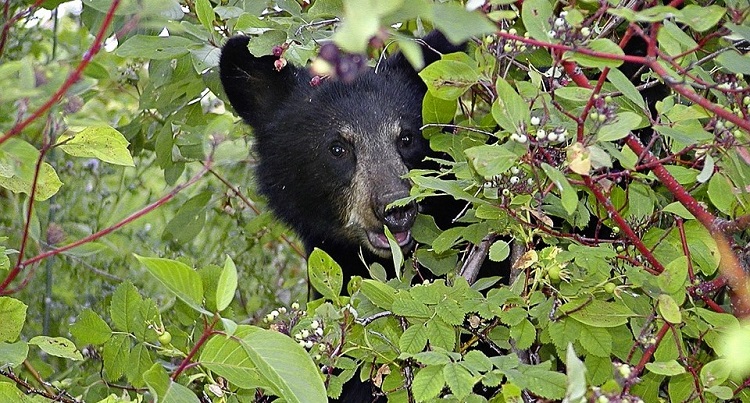Not that you’ve laid awake at night wondering, but you’re about to learn what barbed wire, sardines and black bears have in common.
Natural resources ministry outreach specialist Karen Passmore says it’s a way of counting bears. Sardines are set out at stations throughout forested areas to attract the animals.
“And as the bear comes into the station,” Passmore explains, “it brushes up against some barbed wire, which catches a small sample of the bear’s hair – it doesn’t hurt the bear at all. The collected hair samples are going to undergo a DNA analysis to determine the sex of the bear, the identity of the bear, how many bears are new or returning visitors to the site.”
Passmore says that information also helps determine the density of bears in that particular area.
“These surveys were first conducted by the ministry over a seven-year period ending in 2011,” she says. “And the data captured then, we were able to estimate the Ontario black bear population to be approximately 85,000 to 105,000.”
No specific figures are available for Northeastern Ontario.
Passmore says the stations are clearly marked, to prevent humans from tangling with the barbed wire or the bears. She says you should stay away from the station, to prevent contaminating the samples that are gathered.


